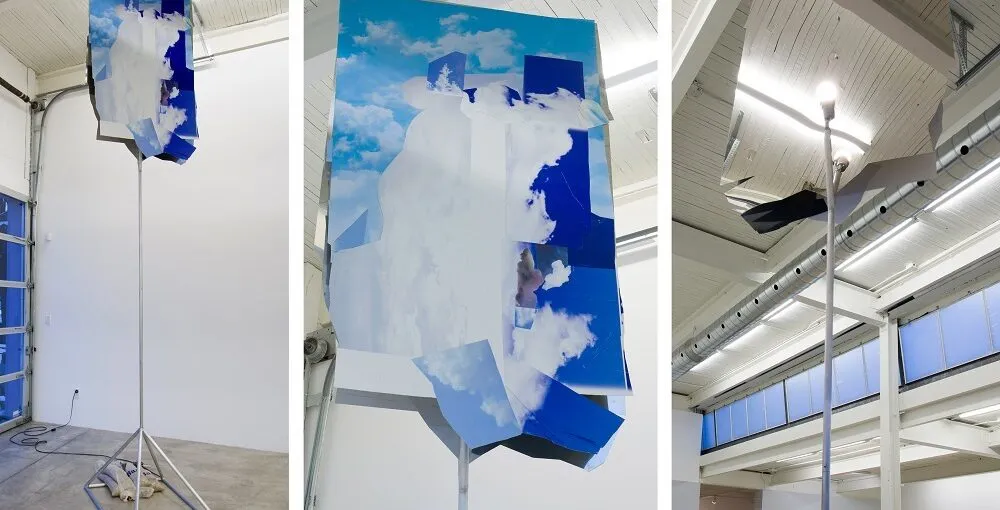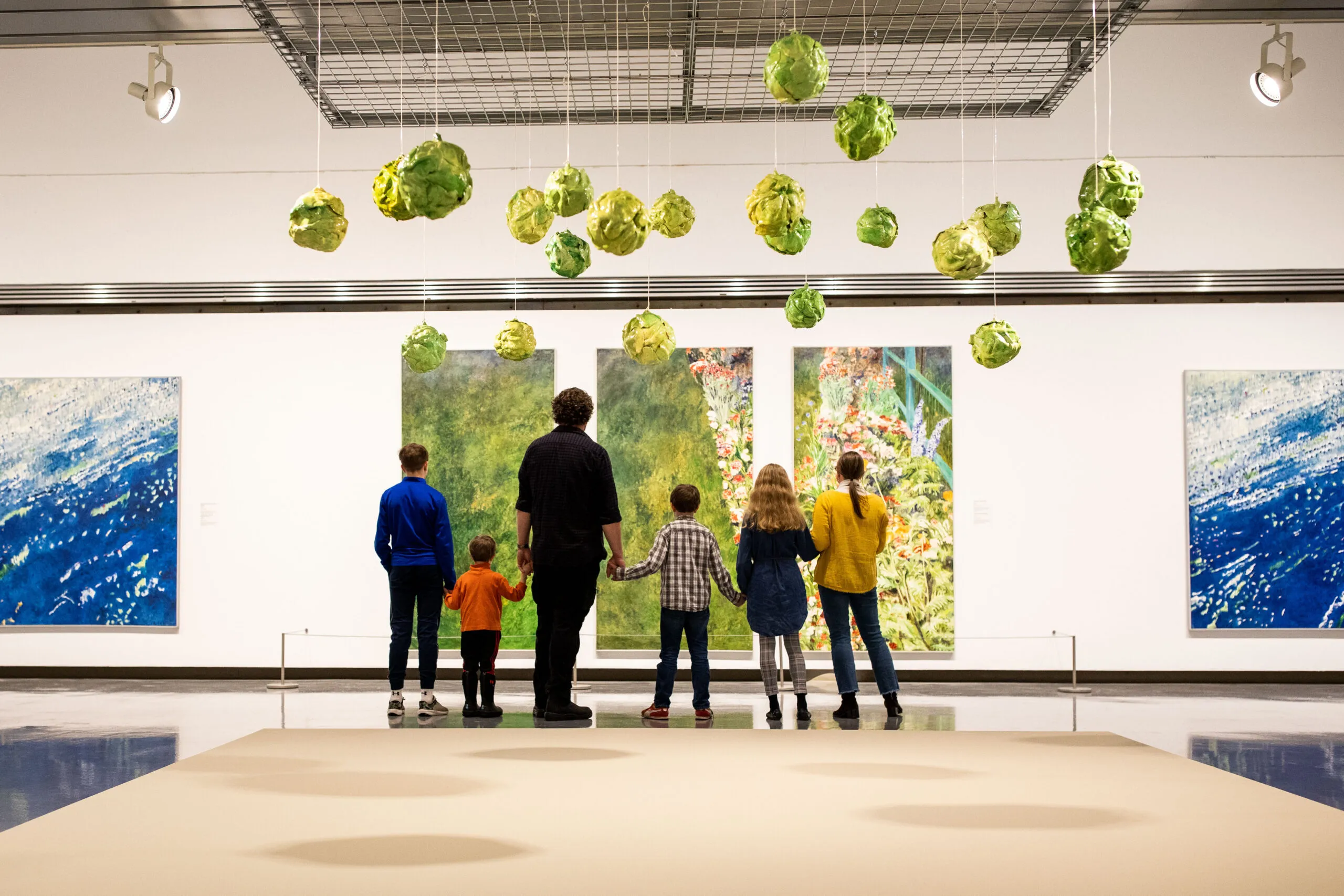Kelly Jazvac salvages vinyl refuse from signage companies to create two and three-dimensional works that take a second look at plastics, recycling, and the permanent mark our throwaway culture is making on the planet.
For more than a decade, London artist (now Montreal-based) Kelly Jazvac has created innovative art from the vinyl offcuts and other refuse of commercial sign makers. Lamina Stamina brings together an array of her diverse, often experimental pieces, including the recent Museum London acquisition Battle of Leisure (2013)—shown here for the first time—alongside a site-specific work produced from her stockpile of plastic detritus. Jazvac develops unconventional objects and two-dimensional pieces that press against walls, linger across floors, and feature soft layers and bubbled skins. These works can be seen as contemporary contributions to the history of Canadian abstraction; some mimic living organisms, and others remain resolutely alternative creations. Jazvac’s practice represents more than a sensuous contemplation of the extraordinary colour, stretch, and shine of synthetic products. Her media of choice, like the exhibition title, plays on the ubiquity of plastics in contemporary life, and the long-lasting implications of its presence on the environment. Her work brings attention to the increasing pervasiveness of plastic in our water and soil, and its impact on everything from microscopic plants and animals to human health. Jazvac was an influential presence in London’s art community for several years, working as a professor at Western University’s Department of Visual Art from 2009 through 2017. Her role as an educator is strongly linked to her practice, as demonstrated in a 2016 workshop she created in which schoolchildren considered desire and agency in cycles of consumption. Participants brought in an object that they once really wanted, but no longer cared about. They then used their creativity to make the object special again. Images of these workshops appear in the exhibition, and an artist-led activity for youth complements the exhibition. A catalogue documenting Lamina Stamina is forthcoming this summer. Image: Kelly Jazvac, Battle of Leisure, 2013, metal, salvaged vinyl, adhesive, fasteners, lamp components. Collection of Museum London
Exhibition Catalogue


